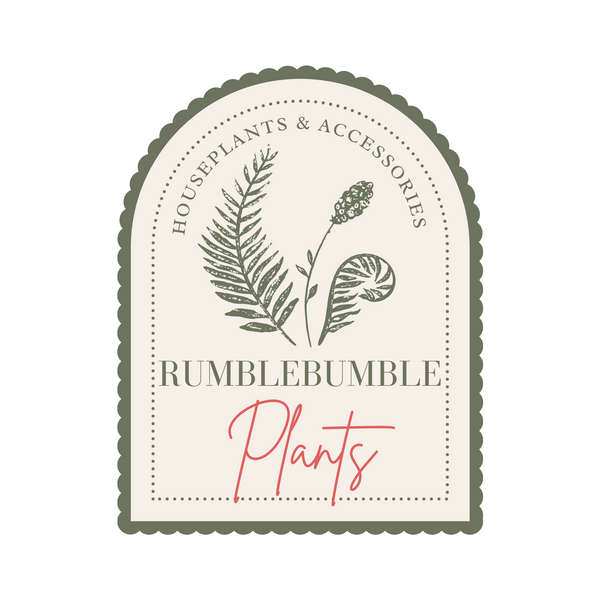Nettle 'Silver Sparkle'
Nettle 'Silver Sparkle'
Couldn't load pickup availability
It seems there might be a mix-up or confusion regarding the common names and plant varieties. There isn't a widely recognized plant known specifically as Nettle 'Silver Sparkle'. However, the description and name suggest it could be mistaken for a type of ornamental nettle or a plant with similar features, such as those belonging to the Lamium genus (often called "deadnettles") which are known for their decorative, silver-variegated foliage.
One possibility is Lamium, which includes varieties with silver or white splashes on their leaves, offering a "sparkle" effect. Another possibility could be a type of Pilea (such as Pilea spruceana 'Silver Tree') or even a Coleus variety, as some Coleus plants are nicknamed "nettle" due to their leaf shape and have striking silver variegation.
Given this, I'll provide general care tips for Lamium, as it fits the description well and is commonly used in gardens for its attractive foliage and flowers.
🌿 Botanical Name: Lamium spp. (assuming Lamium for 'Silver Sparkle')
💧 Care Level: Easy. Lamium plants are low maintenance, making them suitable for gardeners of all levels.
📏 Size: Typically grows to about 6-8 inches (15-20 cm) in height with a spreading habit that can cover a significant area if conditions allow.
☀️ Light: Prefers partial shade to full shade. The variegated varieties, such as those with silver markings, can tolerate and often prefer less direct sunlight, which helps to maintain the vibrancy of their foliage.
💧 Water: Keep the soil consistently moist but well-drained. Lamium does not like to dry out completely but is also sensitive to overwatering.
💦 Humidity: Average outdoor humidity levels are suitable for Lamium. It's generally not a concern for this plant when grown outdoors.
🌡️ Temperature: Lamium is hardy in USDA zones 3-8, showing good tolerance to a wide range of temperatures but preferring cooler conditions in the summer.
🌱 Soil: Prefers rich, well-draining soil. Amend heavy clay or sandy soils with organic matter to improve fertility and moisture retention.
🌱 Fertilizing: Lightly fertilize in the spring with a balanced, slow-release fertilizer to support growth.
🔄 Pruning: Pruning is not strictly necessary but can be done to maintain shape, encourage bushier growth, or remove any leggy or sparse areas.
🍃 Pests and Diseases: Lamium is relatively pest and disease-free but watch for slugs and snails, which can be attracted to its dense foliage, especially in moist conditions.
Propagation: Easily propagated by division in spring or fall. It can also be propagated from stem cuttings taken in spring or summer.
Share




